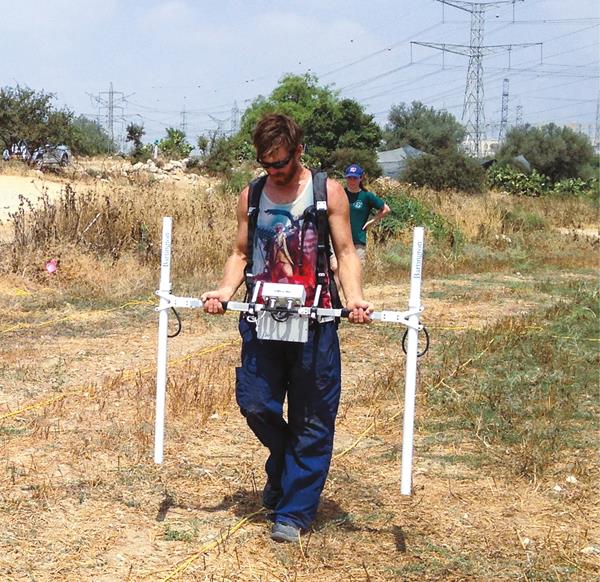Arch-Tech: Moving the Needle: The Magnetic Revolution in Biblical Archaeology

Biblical archaeology increasingly benefits from sophisticated scientific methods that allow researchers to examine archaeological evidence that is largely invisible to the naked eye. Here we take a close look at two new methods that use magnetometry, the study of variations in the earth’s geomagnetic field. The first method reveals ancient structures buried beneath the surface, and the other one dates artifacts that were heated to high temperatures at specific moments in time. Both methods have the potential to revolutionize our understanding of the biblical past.
Seeing into the Ground
At the careful pace of modern archaeology, understanding the organization of ancient cities is a challenge. Even a decade of survey and excavation might not reveal more than a few buildings at any given site.
Over the past 40 years, improvements in computing power and the development of portable geophysics instruments fueled the expansion of nondestructive, remote sensing technology, such as ground-penetrating radar, magnetometry, and resistivity. These instruments have dramatically enhanced our ability to identify, map, and study buried architecture and archaeological features without having to fully excavate them. Today, these methods work hand in hand with traditional surveys and excavations to reveal aspects of city planning, layout, and destruction.
Already a library member? Log in here.
Institution user? Log in with your IP address.

